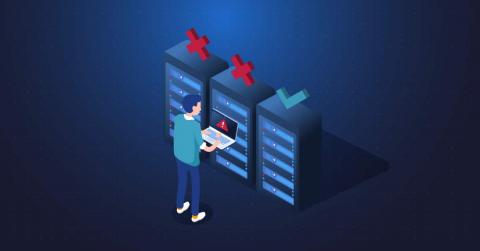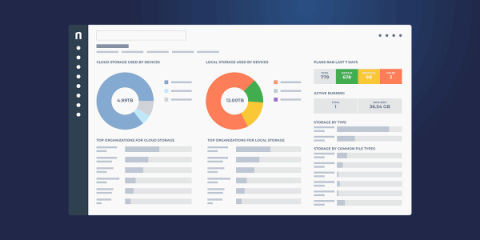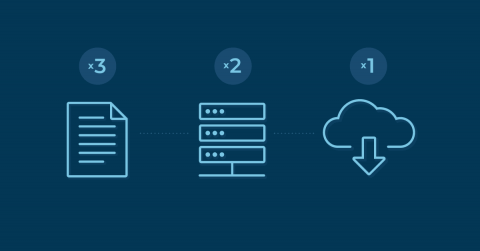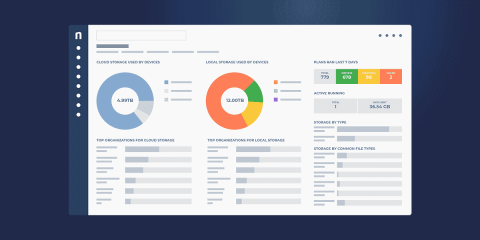Complete Guide to Endpoint Backup
Without a doubt, a data recovery solution is essential when it comes to maintaining security and business continuity. Backups give you important survival options when ransomware hits, a laptop is lost, or someone accidentally deletes a folder full of important files. Without those safe, secure, redundant copies of your most important data, you’d be left out in the cold.











